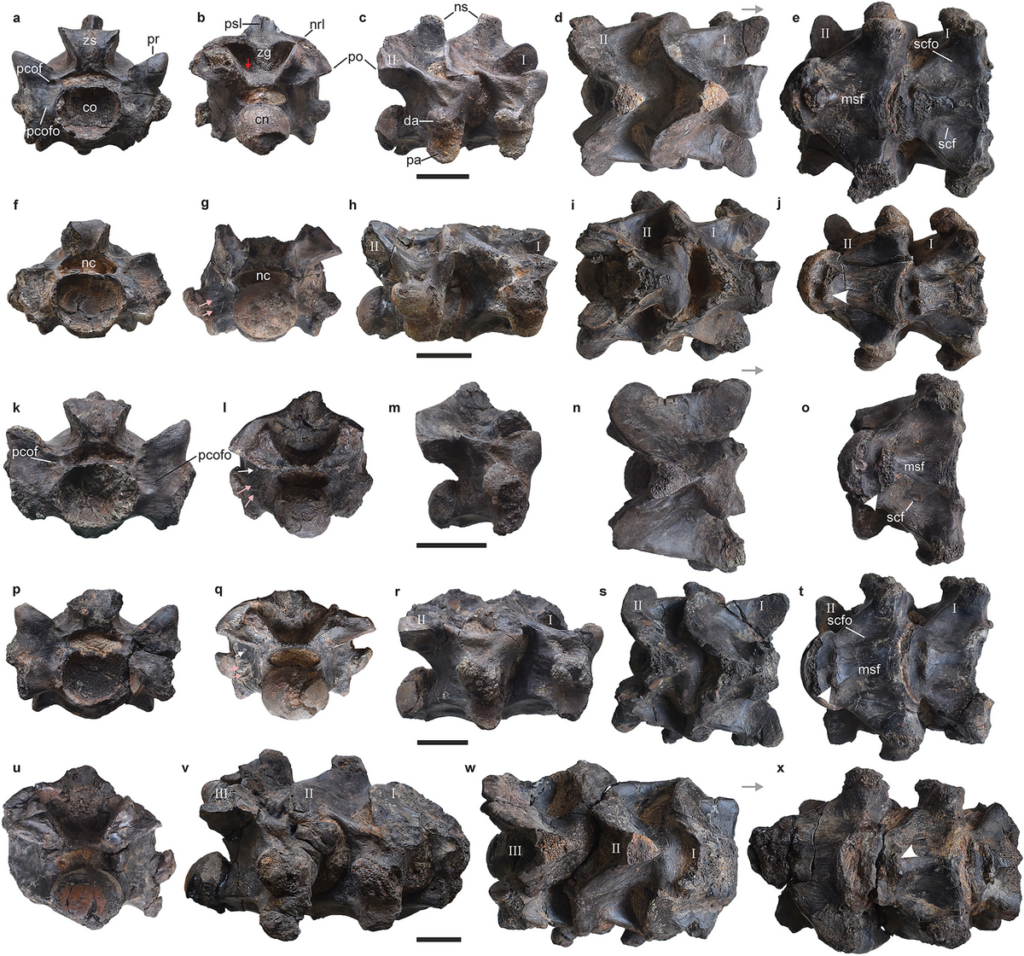The Discovery of Vasuki Indicus
Researchers in India have recently in 2024 made an extraordinary find that has captivated the scientific community—a fossil of an ancient snake that could very well be the longest ever discovered. Named Vasuki Indicus, this snake roamed the Earth around 47 million years ago during the Middle Eocene period. The fossils were unearthed in a lignite mine in the western state of Gujarat, a site that has proven to be a rich source of paleontological treasures (The Independent).

Why the name Vasuki?
Well, this serpent is named after the mythical snake wrapped around the neck of the Hindu deity Shiva. Just imagine, a snake so long that if it decided to give you a hug, it would be the tightest squeeze of the last 50 million years! And while it’s comparable in size to the legendary Titanoboa, Vasuki Indicus likely enjoyed a terrestrial (or maybe semi-aquatic) lifestyle, unlike its swamp-loving cousin,, (The Independent).

The Team Behind the Discovery
The discovery was made by a team of scientists from the Indian Institute of Technology (IIT) Roorkee, led by prominent researchers in the field of paleontology. They conducted a detailed examination of 27 mostly well-preserved vertebrae, which were crucial in estimating the size and lifestyle of Vasuki Indicus (The Independent).
How Was Its Length Determined?
The size estimation process involved meticulous measurements of the vertebrae, which ranged between 37.5 and 62.7 mm in length and about 62 to 111 mm in width. By comparing these dimensions with those of other large snakes, both modern and extinct, researchers were able to approximate the total length of Vasuki Indicus to be between 11 and 15 meters (The Independent).

Comparison with Other Giant Snakes
Here’s how Vasuki Indicus stacks up against other legendary serpents:
| Snake Species | Estimated Length | Time Period | Found/Not Found |
|---|---|---|---|
| Vasuki Indicus | 11-15m | Middle Eocene | Found |
| Titanoboa | Up to 12.8m | Paleocene | Found |
| Gigantophis | Approximately 10m | Eocene | Found |
| Madtsoia | Not precisely known but large | Cretaceous-Pleistocene | Partial fossils found |
Insights from the Find
The discovery of Vasuki Indicus is not merely about breaking records; it provides invaluable insights into the ecosystems of ancient India. This snake belonged to the Madtsoiidae family, a group that thrived for about 100 million years from the Late Cretaceous to the Late Pleistocene. The biogeographical spread and evolutionary history suggested by the fossil record indicate a lineage of large snakes that originated on the Indian subcontinent and dispersed to southern Europe and Africa from about 56 to 34 million years ago (The Independent).

This revelation also raises interesting questions about the dynamics of prehistoric wildlife and the environmental conditions that allowed such enormous reptiles to thrive. Vasuki Indicus likely had a terrestrial or possibly semi-aquatic lifestyle, contradicting the often-assumed aquatic nature of large extinct snakes like the Titanoboa (The Independent).
The Impact of Vasuki Indicus
The discovery of Vasuki Indicus is a landmark in the field of paleontology, shedding light on the rich biodiversity and complex ecosystems of the past. It also highlights the importance of the Indian subcontinent in the broader narrative of Earth’s biological history. This find not only captivates the imagination with its sheer size but also serves as a crucial puzzle piece in understanding the evolutionary lineage of snakes across different continents.
This discovery not only rewrites the record books but also opens up new avenues for understanding the prehistoric life and environmental conditions of the time. As research continues, Vasuki Indicus will undoubtedly be a key reference point in the study of ancient mega-fauna.



